
 Augustus
Augustus Roman Trophies
Roman Trophies Roman Trophies
Roman Trophies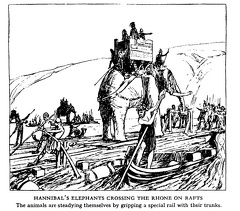 Hannibal's Elephants crossing the Rhone on rafts
Hannibal's Elephants crossing the Rhone on rafts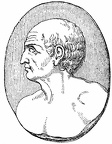 Cato the censor
Cato the censor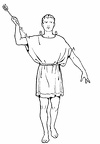 Colobium
Colobium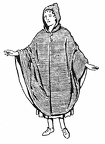 The Paenula
The Paenula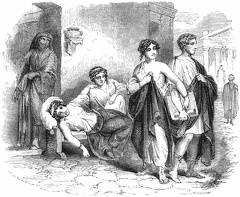 Roamn Brothel- Imperial era
Roamn Brothel- Imperial era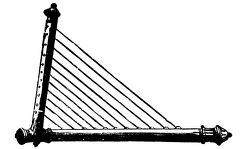 Triangular Musical instrument from Herculaneum
Triangular Musical instrument from Herculaneum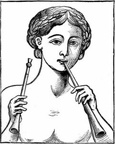 Roman girl and tibia
Roman girl and tibia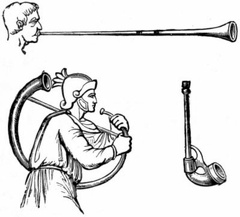 Roman trumpets
Roman trumpets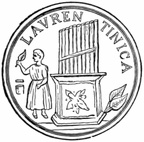 Hydraulic Organ
Hydraulic Organ Burning of the City of Rome
Burning of the City of Rome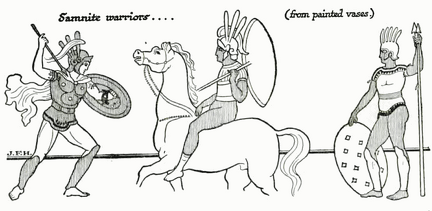 Samnite Warriors
Samnite Warriors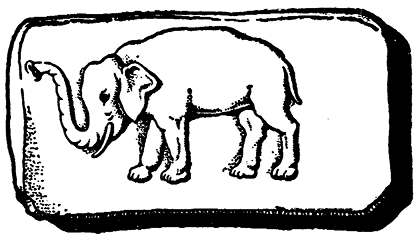 Roman Coin Celebrating the Victory over Pyrrhus
Roman Coin Celebrating the Victory over Pyrrhus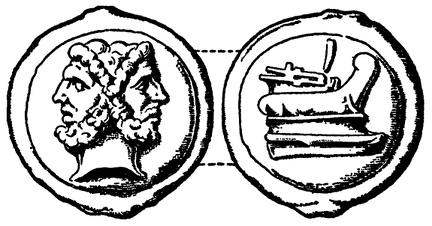 Roman As
Roman As



